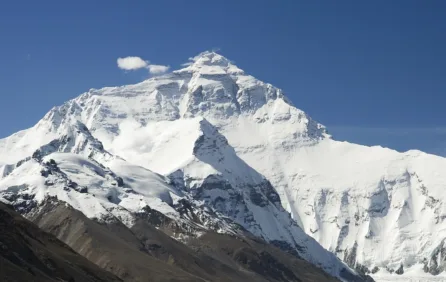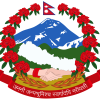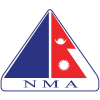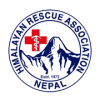Mt. Everest Expedition – North Col (8848.56m)
At a glance
- Trip Start: Kathmandu
- Trip End: Kathmandu
- Maximum Altitude: 8848.56m
- Group Size: 4-12
- Accommodation: Hotel and Camp
- Meals: Standard and High Altitude
- Service: Full Board
The North Col refers to the sharp-edged pass carved by glaciers in the ridge connecting Mount Everest and Changtse in Tibet. It forms the head of the East Rongbuk Glacier.
When climbers attempt to climb Everest via the North Ridge (Tibet), the first camp on the mountain itself (traditional Camp IV, modern Camp I) is established on the North Col. From this point at approximately 7,020 metres (23,030 ft) above sea level, climbers ascend the North Ridge to reach a series of progressively higher camps along the North Face of Everest. Climbers make their final push to the summit from Camp VI at 8,230 metres (27,001 ft) altitude.
The North Col was first climbed by George Mallory, Edward Oliver Wheeler, and Guy Bullock on 24 September 1921, during the British reconnaissance expedition. This was the first time a Westerner had set foot on Mount Everest. Although long credited to Mallory, discovery of the North Col was in fact made by Wheeler about a week before Mallory confirmed its existence while searching for possible routes to the summit of Mount Everest. All subsequent expeditions in the 1920s and 1930s attempted to reach the summit of Everest by using the North Col.
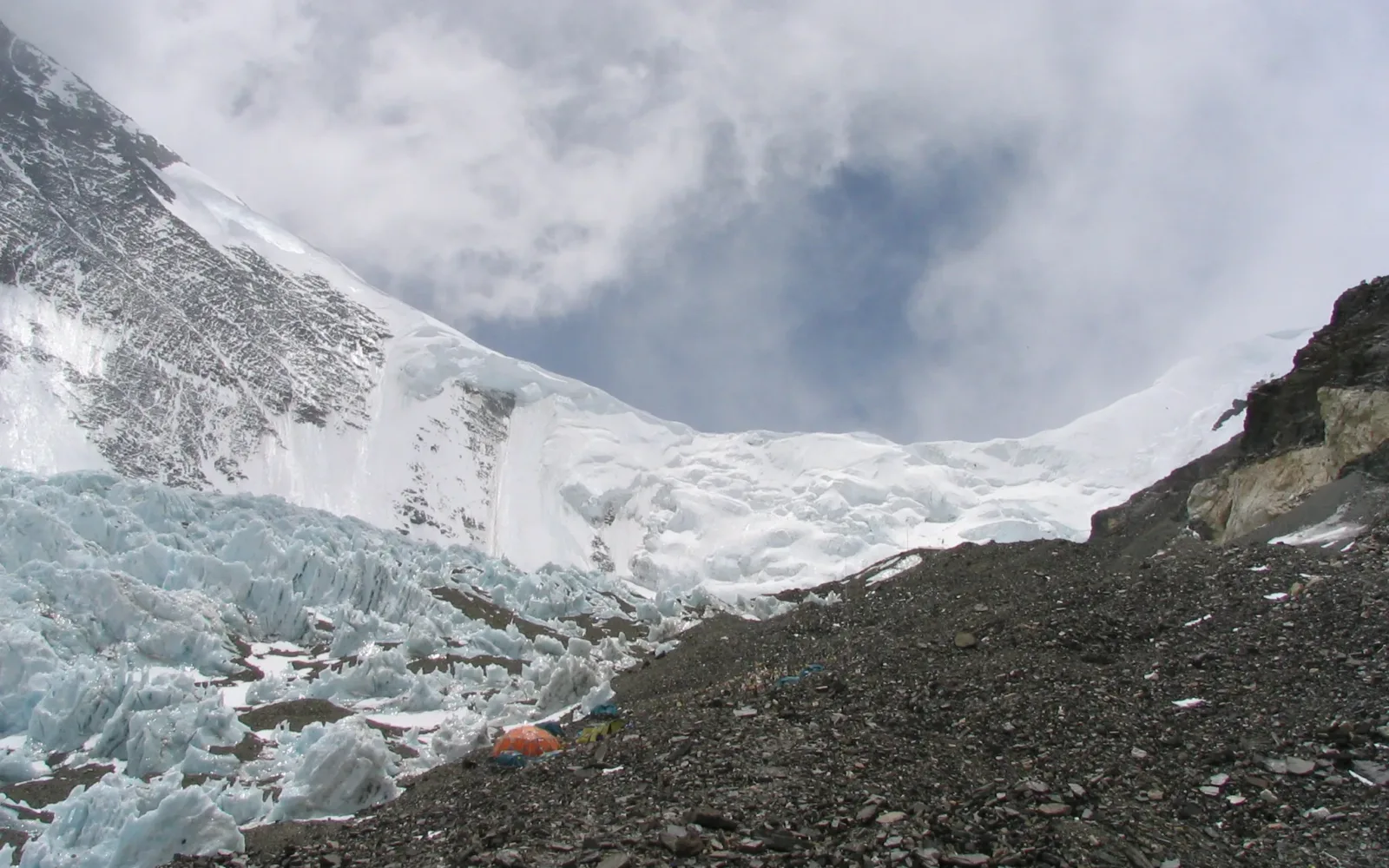
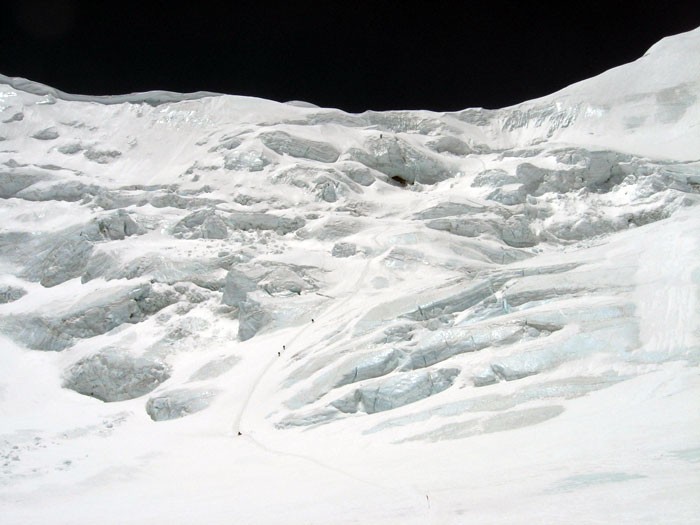
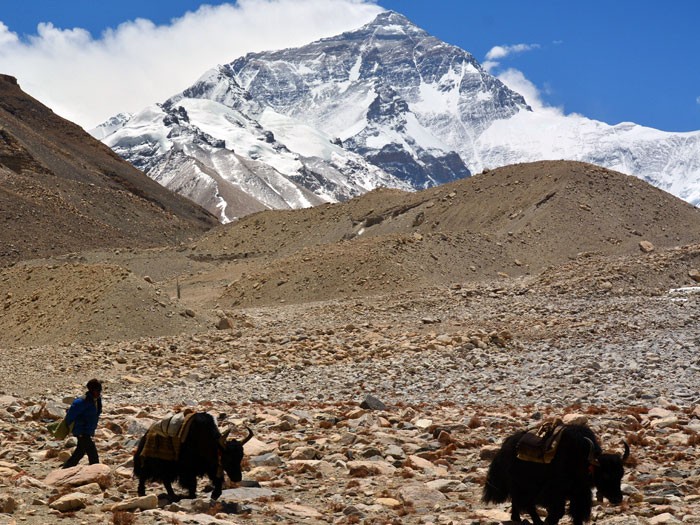
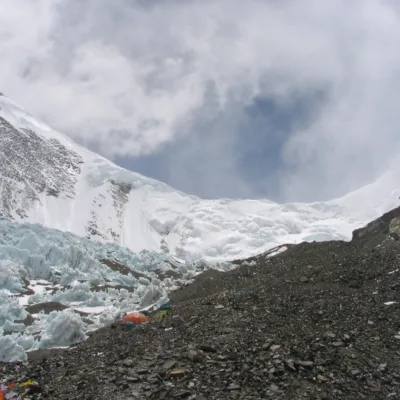
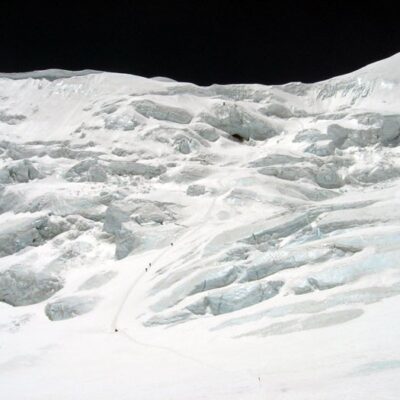
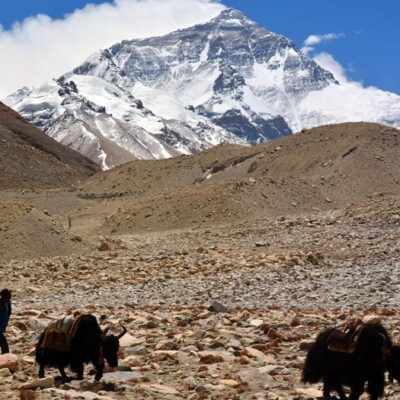
 Tough
Tough 